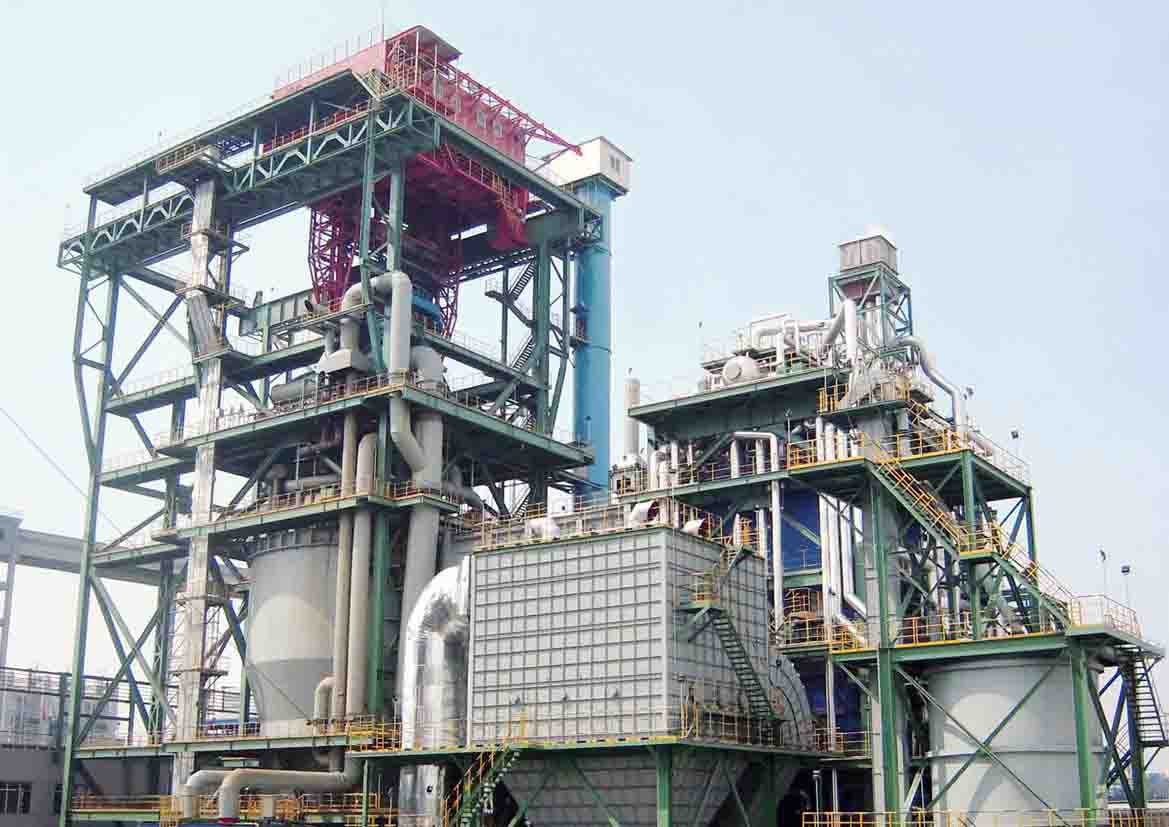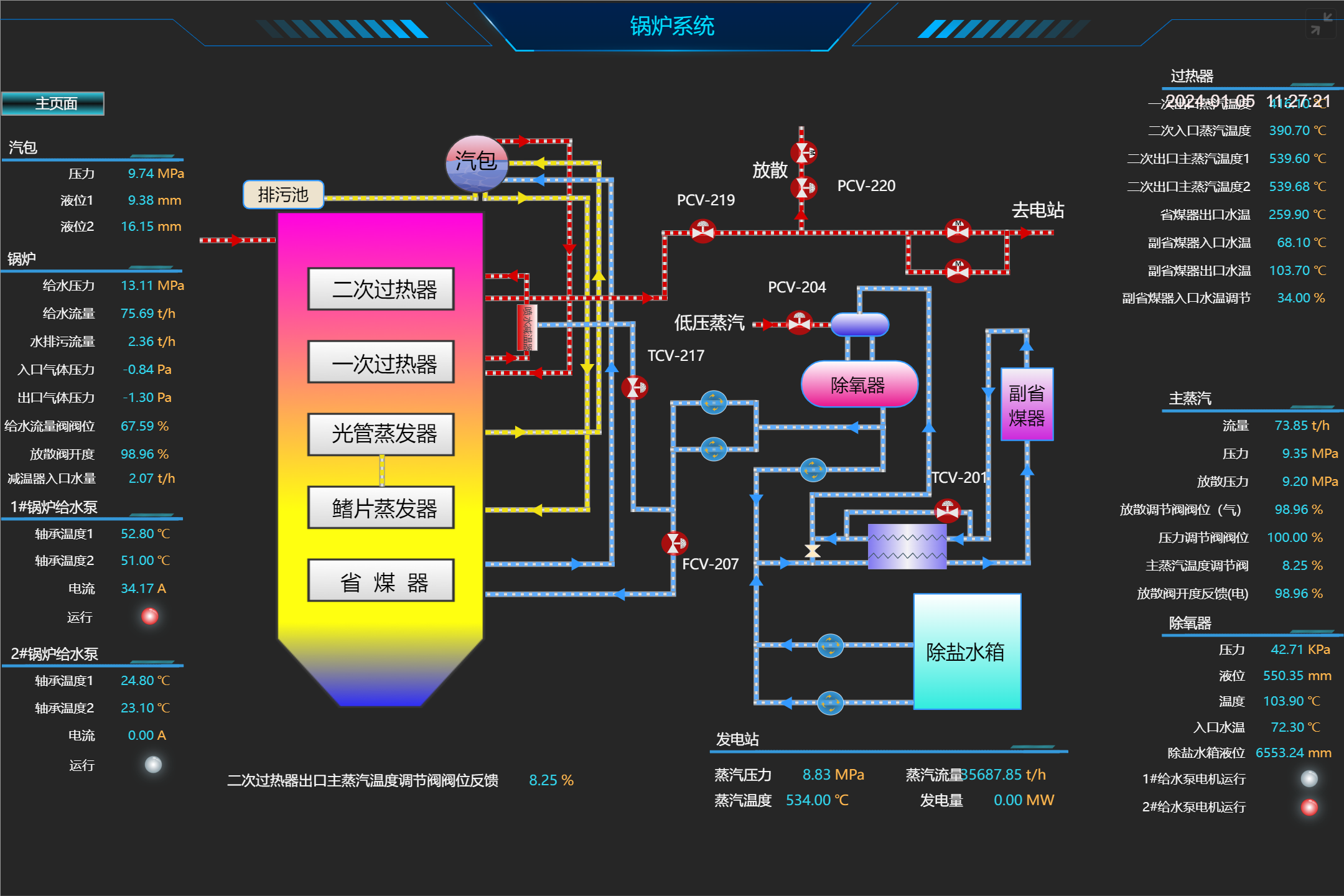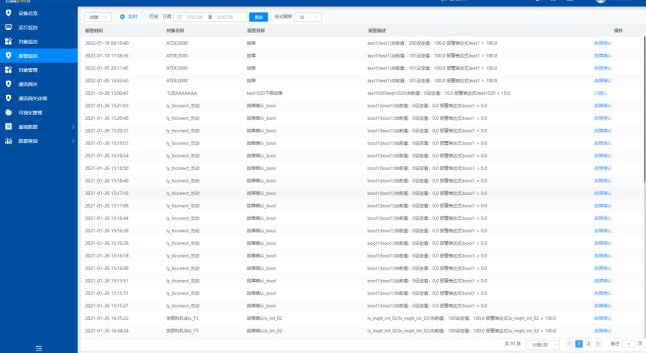
EN Free Trial





How to build the post service platform for dry quenching equipment (gateway, IOT platform)
The process of dry quenching equipment is to load high-temperature coke from the top of the dry quenching furnace, and low-temperature inert gas is blown into the red coke layer in the cooling section of the dry quenching furnace by a circulating fan, absorbing the sensible heat of the red coke. The cooled coke is discharged from the bottom of the dry quenching furnace. The high-temperature inert gas coming out of the annular flue of the dry quenching furnace flows through the dry quenching process boiler for heat exchange, and the boiler produces steam. The cooled inert gas is re injected into the dry quenching furnace by the circulating fan, and the inert gas is circulated and used in a closed system.
Dry quenching has the following advantages over water quenching:
A certain environmental engineering technology enterprise has been established for more than 20 years and is an energy-saving and environmental protection engineering company with independent intellectual property rights and advanced technology. We have provided design, supply, and technical services for nearly a hundred dry quenching projects, including Wuhan Iron and Steel Group, Jinan Iron and Steel Group, Qian'an Zhonghua Coal Chemical Industry, Baosteel, Ninggang, Hongda, Jingtang, Xingang, Chongqing Iron and Steel, and Panmei, establishing a good image in the dry quenching construction market.

The customer is responsible for product design and comprehensive services. With the expansion of business scale and operations, nearly a hundred sets of dry quenching equipment have been sold throughout the country and even globally, reflecting its good development momentum. However, with the increasing number and distribution of devices, the workload and cost of equipment management and after-sales operation and maintenance have skyrocketed, and there have been cases of untimely maintenance, which has affected customer economic benefits and after-sales satisfaction.
Before applying the post device service platform, the enterprise faced the following pain points:
The operating status is unknown: the end user of the client lacks effective supervision over the actual operation of the device, and the status is not obtained in a timely manner. Once the device encounters abnormalities, it can lead to serious consequences such as production stoppage or environmental penalties;
Remote devices are at a loss: During the early debugging and after-sales maintenance process, there may be issues with monitoring programs and modifying programs, which require on-site personnel to cooperate and seriously affect efficiency.
High after-sales costs: after-sales costs continue to rise, spare parts accumulate, and personnel continue to increase.
Frequent business trips for after-sales personnel: With frequent business trips and high workload, there is a serious loss of talent.
In order to improve the efficiency, reduce costs, and enhance customer satisfaction of after-sales service for dry quenching equipment, facing a homogenized market competition environment, the customer has built a remote operation and maintenance platform for dry quenching equipment. The gateway is deployed on the edge of the site and docked with the platform to collect and dock data, achieve equipment monitoring, fault alarm, remote maintenance and other functions, effectively improve work efficiency, and enhance the digital level of equipment after-sales service management.
Centralized monitoring of equipment operation status
Through 3D visualization, the elements of the dry quenching equipment can be represented in a 360 degree pure three-dimensional form, allowing for functions such as arbitrary rotation, stretching, zooming in and out. The device can display real-time collected data in a 3D image, making it convenient for users to intuitively understand the on-site equipment situation; By using the process flow chart, the operation status of on-site instruments and valves can be viewed at any time, and the equipment operation status can be monitored comprehensively to timely assess equipment operation risks and improve equipment operation efficiency.


Quick push of device alarms
The device alarm data can be quickly pushed to users through PC or mobile APP. Users can view real-time abnormal data and historical operating data during the device operation process, confirm faults online or automatically recover, and quickly trace the source.

Intelligent operation and maintenance of equipment and spare parts management
Due to the high value of dry quenching equipment, customers still need to provide operation and maintenance services after sales. Customers can quickly report repairs with just one click through the system, and use repair work orders to promote repair progress and transparent supervision; For tasks such as inspection and maintenance, the system can create corresponding plans, define any required resources, task items, and related documents. By setting the frequency and cycle (such as day, week, month, year) through the system, and specifying personnel and task order execution sequence. Improve operational efficiency and reduce labor costs; Manage the use of spare parts, issue inventory warnings, reduce customer inventory of spare parts, and improve turnover rate.
By building a remote operation and maintenance platform for dry quenching equipment, customer operation and maintenance efficiency can be greatly improved, costs can be reduced, inventory turnover rate and customer satisfaction can be enhanced. At the same time, through a cooperative model of co construction, joint operation, and joint promotion, Mingda and its customers have jointly expanded their respective businesses, achieving a win-win situation.
Related products